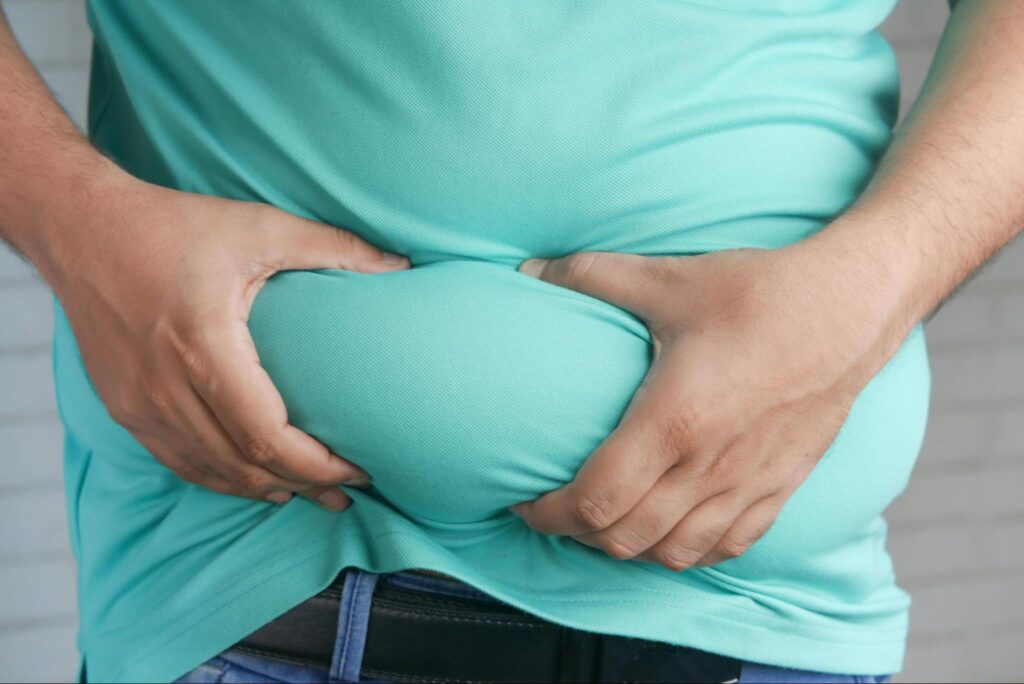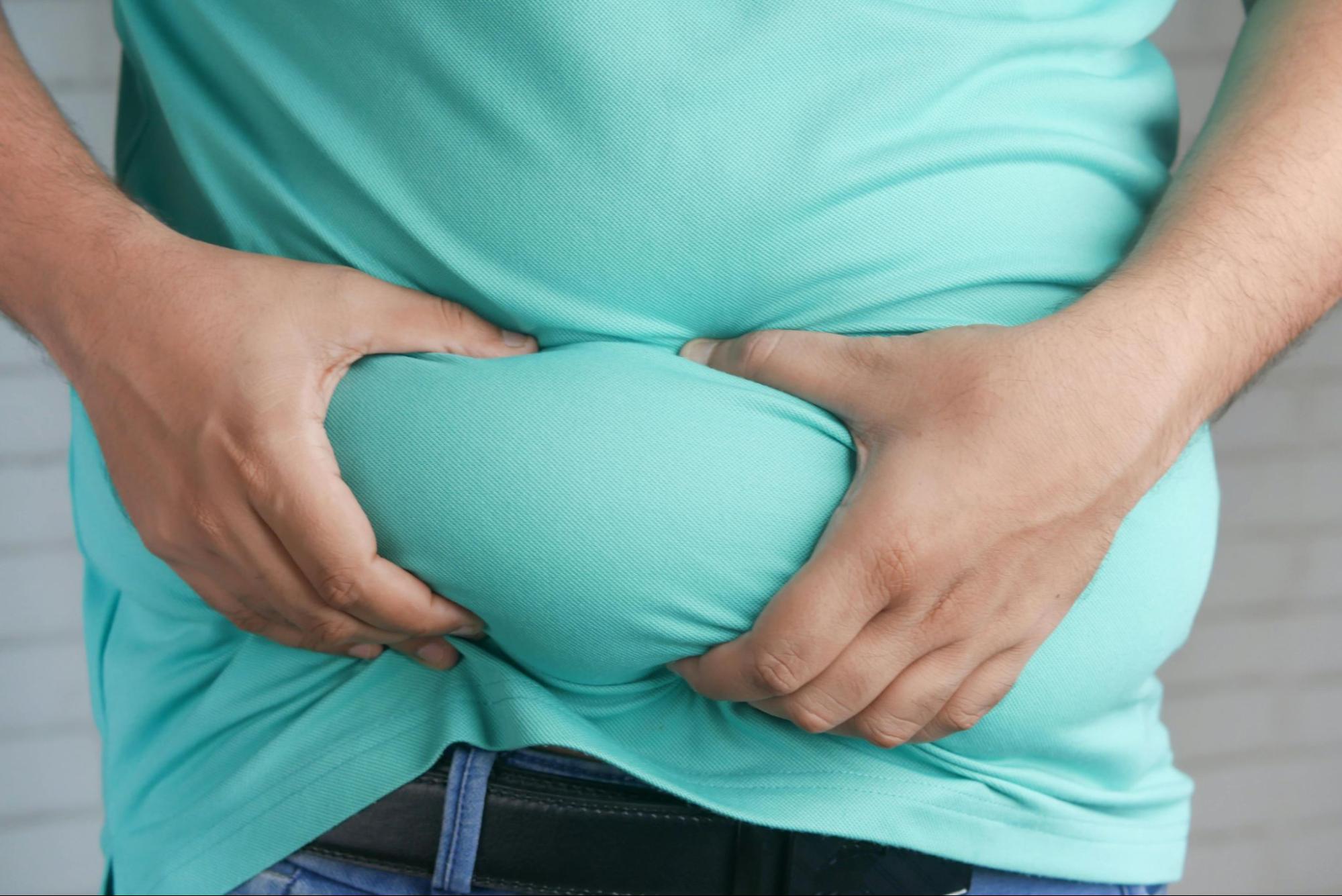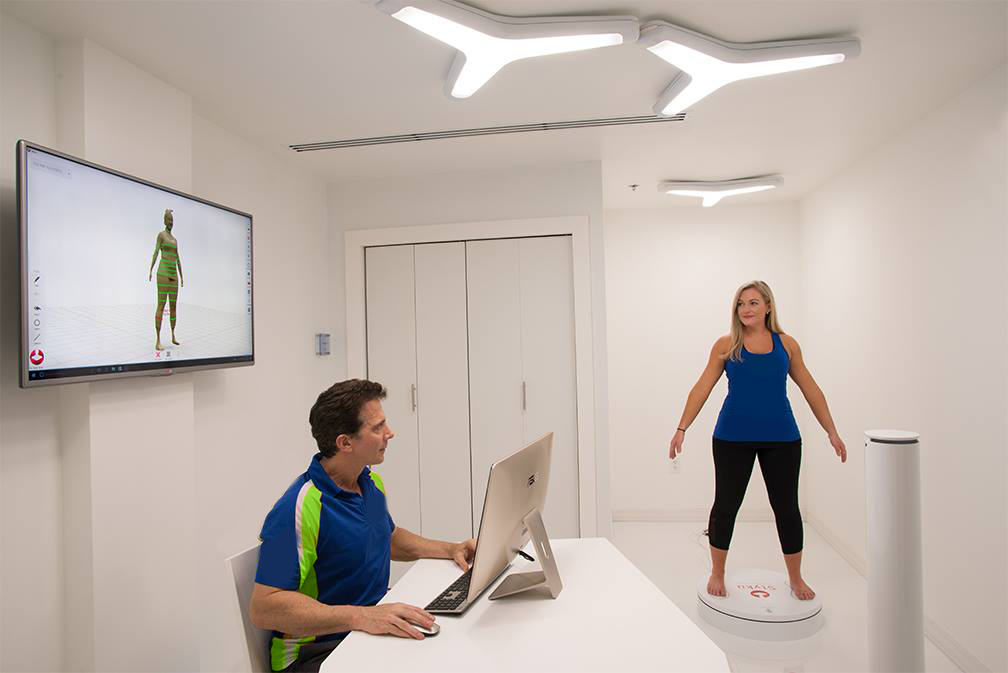Understanding the visual representation of body fat is crucial for anyone looking to manage their weight or improve their health. When we talk about 10 pounds of fat, it is not just a numerical figure; it represents a significant change in body composition and physical appearance. This article will explore what 10 pounds of fat looks like, alongside its physiological implications, and how to achieve and maintain a healthy fat level.
Understanding Body Fat
Body fat is an essential component of human health. It plays various roles, from supporting cellular function to serving as an energy reserve. Knowing the role and types of body fat can provide insights into how fat affects our bodies and overall health.

The Role of Fat in the Body
Fat serves multiple critical functions in the body. It is not merely a store of energy; it also contributes to:
- Insulation to help regulate body temperature
- Protection for vital organs
- Support for certain hormone functions
- Transport and absorption of fat-soluble vitamins (A, D, E, and K)
While these functions are crucial, an excess of body fat can lead to complications. Striking a balance between having enough fat for bodily functions while avoiding excessive fat accumulation is essential for optimal health. Moreover, the body utilizes fat for energy during prolonged physical activity, making it a vital source of fuel for endurance athletes and those engaging in regular exercise. This energy reserve becomes particularly important during times of caloric deficit, where the body taps into stored fat to maintain essential functions and support metabolic processes.
Different Types of Body Fat
Body fat can be categorized into two main types, each with distinct functions:
- Subcutaneous Fat: This is the fat layer directly under the skin. It is often what we visualize when we think of body fat and can be found in areas like the abdomen, thighs, and arms.
- Visceral Fat: This type of fat surrounds vital organs and is closely linked to health risks such as diabetes, hypertension, and heart disease.
Understanding these types sheds light on how fat distribution in the body can affect overall health and well-being. For instance, individuals with higher amounts of visceral fat may experience more significant health challenges compared to those with similar overall body fat percentages but lower visceral fat levels. This distinction emphasizes the importance of not just focusing on weight loss, but also on the quality and distribution of body fat. Additionally, lifestyle factors such as diet, physical activity, and stress management can influence the accumulation of these fat types, highlighting the need for a holistic approach to health and wellness.
Visualizing 10 Pounds of Fat
To comprehend what 10 pounds of fat looks like visually, one needs to reference everyday items and the volume that fat occupies. The visual representation offers a tangible understanding of how much 10 pounds truly represents in the context of body composition.
Comparing Fat to Everyday Objects
When we visualize fat, it can be helpful to compare it to familiar items. Consider the following:
- A standard bag of flour (which often weighs about 5 pounds) is just two bags to represent 10 pounds of fat.
- 10 pounds of fat can also be likened to a gallon of water, as water weighs about the same.
- Visualizing a medium-sized pineapple approximates the shape and volume for comparison.
These comparisons help contextualize what 10 pounds of excess fat may look like on the body, creating a mental picture that often emphasizes the need for fat management. For instance, if you were to hold two bags of flour, the weight and bulkiness would provide a clear understanding of how this excess fat can affect mobility and overall health. Additionally, visualizing these common items can serve as a motivational tool for those looking to lose weight, reminding them of the tangible results they can achieve.

The Volume of 10 Pounds of Fat
In terms of sheer volume, 10 pounds of body fat takes up around 1.5 to 2 liters. This amount creates a noticeable change in body shape, with potential for significant shifts in waist size and overall appearance. An increase in fat can lead to more pronounced curves, or a larger waistline, thus providing a visual cue for the amount of fat held in the body. Furthermore, understanding the distribution of fat is equally important; fat can accumulate in various areas such as the abdomen, thighs, and arms, each contributing differently to one’s silhouette. This distribution can affect not only how clothes fit but also how one feels in their own skin, impacting self-esteem and body image.
Moreover, the implications of carrying an extra 10 pounds of fat extend beyond aesthetics. It can influence metabolic health, increasing the risk of conditions such as diabetes and cardiovascular disease. By visualizing this amount of fat, individuals may be more inclined to consider their dietary choices and physical activity levels. The reality of what 10 pounds of fat looks like can serve as a wake-up call, prompting a deeper reflection on lifestyle habits and their long-term effects on health and well-being.
The Impact of Losing 10 Pounds of Fat
Losing 10 pounds of body fat can result in notable physical and health impacts. The change is not merely about numbers on a scale; it reverberates throughout the body.
Physical Changes After Losing Fat
After losing 10 pounds, individuals may experience various physical transformations:
- A reduction in waist circumference, contributing to a more defined silhouette.
- Improved fitness levels, as lighter weight often translates to easier movement and enhanced stamina.
- Potential changes in skin appearance, as fat loss can result in a firmer or less bloated appearance.
These changes motivate many to continue on their health and fitness journeys, showcasing the immediate benefits of reducing body fat. Additionally, individuals often report feeling more confident in their clothing choices, as they may find that their favorite outfits fit better or that they can explore new styles that were previously unflattering. This newfound confidence can extend beyond physical appearance, influencing social interactions and encouraging a more active lifestyle, as individuals feel more inclined to engage in activities they once avoided.
Health Benefits of Losing Fat
In addition to physical changes, losing 10 pounds of fat can yield numerous health benefits:
- Reduced risk of chronic diseases such as diabetes and heart disease.
- Improved metabolic rates, which can aid in weight management.
- Increased energy levels and improved sleep quality.
These health benefits highlight the significance of addressing body fat levels, not only for aesthetic reasons but also for holistic health. Furthermore, shedding excess weight can lead to improved joint health, as less pressure is placed on weight-bearing joints like the knees and hips. This can result in decreased pain and increased mobility, allowing individuals to engage in physical activities they may have previously found challenging. Enhanced cardiovascular health is another crucial aspect, as a healthier body weight often correlates with lower blood pressure and improved cholesterol levels, setting the stage for a longer, healthier life.
How to Lose 10 Pounds of Fat
The journey to losing fat can be structured and sustainable through a combination of diet and exercise. While each individual’s needs may differ, certain foundational approaches can aid significantly in weight loss.
Healthy Diet for Fat Loss
Adopting a healthy diet is vital for losing body fat. Here are some essential guidelines to consider:
- Consume Whole Foods: Focus on fruits, vegetables, whole grains, lean proteins, and healthy fats.
- Stay Hydrated: Drinking plenty of water helps regulate metabolism and can assist in reducing caloric intake through thirst recognition.
- Portion Control: Understanding serving sizes and listening to hunger cues can prevent overeating.
Incorporating these dietary practices ensures that the body receives the necessary nutrients while fostering an environment conducive to fat loss. Additionally, meal prepping can be an effective strategy to maintain a healthy diet. By preparing meals in advance, you can avoid the temptation of unhealthy snacks and fast food when hunger strikes. This practice not only saves time during busy weekdays but also allows you to control the ingredients and portion sizes, making it easier to stick to your nutritional goals.
Exercise Recommendations for Fat Loss
Exercise plays a crucial role in facilitating fat loss. A balanced approach that includes both aerobic and resistance training can be beneficial:
- Aerobic Activities: Engaging in activities such as running, swimming, or cycling for at least 150 minutes per week can aid in burning calories.
- Strength Training: Incorporating weight lifting or bodyweight exercises at least twice a week can boost muscle mass, increasing basal metabolic rate.
Combining these workouts can enhance overall fitness while promoting fat loss. Furthermore, incorporating high-intensity interval training (HIIT) into your routine can be a game changer. HIIT workouts alternate between short bursts of intense activity and periods of rest or lower-intensity exercise, which can maximize calorie burn in a shorter amount of time. This method not only keeps workouts engaging but also has been shown to improve cardiovascular health and increase metabolic rate even after the workout has ended, making it an efficient choice for those looking to shed pounds.
Maintaining Your Progress
After achieving a fat loss goal, the next step is sustaining that progress. Maintaining weight is often as challenging as losing it. Many individuals find that the initial excitement of weight loss can fade, making it easy to slip back into old habits. This is why creating a sustainable plan is essential for long-term success.
Tips for Keeping the Weight Off
Implementing strong habits can significantly influence long-term weight maintenance:
- Regular Monitoring: Weighing in weekly or monthly can provide accountability.
- Consistent Nutrition: Continuing to follow a balanced diet helps avoid reverting to old habits.
- Stay Active: Integrating regular exercise into daily routines ensures physical activity remains a priority.
These practical tips can empower individuals to keep the weight off and avoid regaining body fat. Additionally, meal prepping can be a game-changer, allowing you to plan and prepare healthy meals in advance, which reduces the temptation to opt for unhealthy convenience foods. Engaging in mindful eating practices, such as savoring each bite and recognizing hunger cues, can also foster a healthier relationship with food, ensuring that eating remains a pleasurable and nourishing experience rather than a mindless habit.
The Importance of Regular Check-ups
Regular health check-ups play a pivotal role in maintaining weight and overall health. Monitoring indicators such as blood pressure, cholesterol levels, and metabolic health can pinpoint any changes that may require professional attention. These assessments not only provide insights into physical health but also serve as motivation to stay on track with your wellness goals.
Establishing a relationship with healthcare professionals provides personalized advice and support, offering strategies tailored to individual needs. Regular check-ups enhance health management, potentially guiding further lifestyle modifications if necessary. Moreover, discussing mental health during these visits can be beneficial, as emotional well-being is often intertwined with physical health. Addressing stress, anxiety, or other emotional factors can lead to more effective weight maintenance strategies and a holistic approach to health that encompasses both body and mind.
Conclusion
Understanding what 10 pounds of fat looks like goes beyond mere appearance; it encompasses health implications, practical steps for loss, and effective maintenance strategies. With the right approach to diet and exercise, alongside a commitment to ongoing health, sustainable weight management is within reach.






